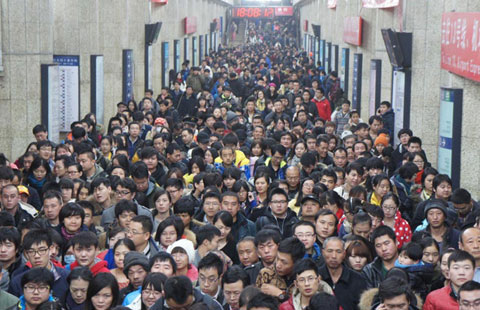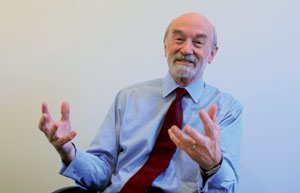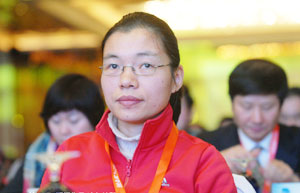Difficult choices ahead as nation revamps economy
By Gao Changxin (China Daily) Updated: 2014-04-16 07:06In the first two months of the year, industrial output growth was just 8.6 percent, the lowest since the global financial crisis in 2008.
China has prepared a contingency plan to protect growth. The recent acceleration in project approvals and construction has been perceived in the markets a sign of a mini-stimulus.
 |
|
 |
Central bank figures released on Tuesday showed that total social financing in March was more than the 1.85 trillion yuan ($297 billion) consensus, coming in at 2.07 trillion yuan, up from an average of 1.76 trillion yuan for January and February.
Many analysts took that figure to mean the central bank might have taken a looser stance on money supply.
The 1.05 trillion yuan in new loans for March also beat the market consensus of 1 trillion yuan.
Wang Tao, head of China Economic Research at UBS Securities AG, said China can hit two birds with one stone, at least in the near term.
"Keeping reform on track and protecting growth are not necessarily contradictory in the near term, and any support provided for growth this time will be intertwined with reforms as well," wrote Wang in an April 9 report. "Indeed, material progress has been made on reforms since November, and more will come."
Wang said that China has sequenced reforms in such a way that anything affecting growth will come later. Easier reforms such as opening up of the service sector to private investment and relaxation of the hukou (household registration system) and one-child policies will proceed more quickly.
Harder reforms, such as tougher local government budget constraints, restructuring of State-owned enterprises, launching a nationwide property tax system and land reforms, will progress more slowly, according to Wang.
"While such a sequencing of reforms may not be ideal and could heighten the risks associated with continued rapid growth in investment and leverage in the long run, in the near term it does help to stabilize growth and is the more feasible approach," she wrote.
 |
 |
- Five-week record stock market fall
- Alibaba filing for US IPO next week: sources
- Economic growth higher than expected in Q1
- China's Q1 retail sales up 12%
- China's business climate index rises in Q1
- China's growth remains resilient
- China's Q1 industrial value added up 8.7%
- Chinese regulator denies resumption of IPOs

















